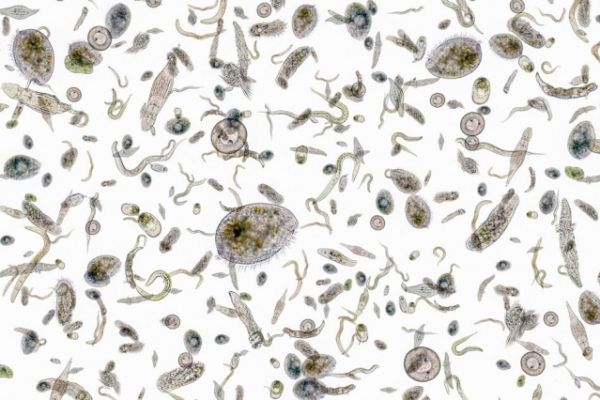Historically, the oceans have done much of the planet’s heavy lifting when it comes to sequestering carbon dioxide from the atmosphere. Microscopic organisms known collectively as phytoplankton, which grow throughout the sunlit surface oceans and absorb carbon dioxide through photosynthesis, are a key player.
To help stem escalating carbon dioxide emissions produced by the burning of fossil fuels, some scientists have proposed seeding the oceans with iron — an essential ingredient that can stimulate phytoplankton growth. Such “iron fertilization” would cultivate vast new fields of phytoplankton, particularly in areas normally bereft of marine life.
A new MIT study suggests that iron ferilization may not have a significant impact on phytoplankton growth, at least on a global scale.
The researchers studied the interactions between phytoplankton, iron, and other nutrients in the ocean that help phytoplankton grow. Their simulations suggest that on a global scale, marine life has tuned ocean chemistry through these interactions, evolving to maintain a level of ocean iron that supports a delicate balance of nutrients in various regions of the world.
Continue reading at Massachusetts Institute of Technology
Image via Massachusetts Institute of Technology


